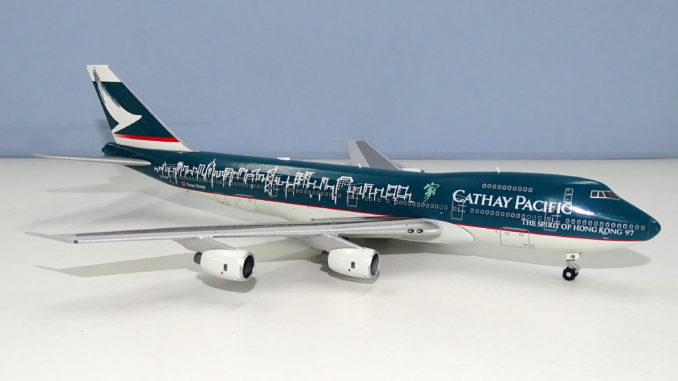
The return of the excellent Big Bird moulds via a third incarnation of the name a few years ago was broadly welcomed since 747 classics have been hugely under-represented in recent years. Unfortunately, it has proven to be something of a false dawn as BBMk3 has produced merely a dribble of models in the past 3 years rather than the flood the market demands. Worse the models are made for Big Bird by JC Wings meaning they fall foul of the ludicrous wait times that also afflict JC production. Therefore, the recent trio of 747s that have arrived represent models announced more than a year ago. Is B-HIB worth the wait?
THE REAL THING
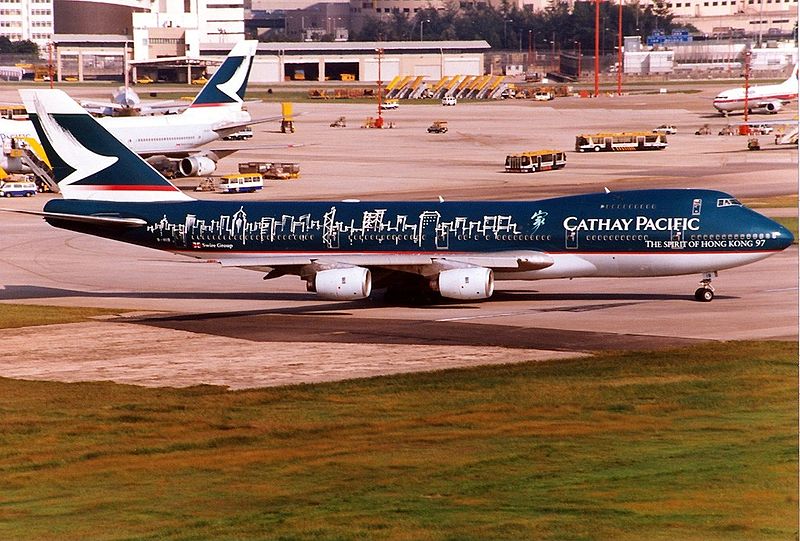
Cathay Pacific is now such a dominant player in the Asian market that it is hard to recall a time when its fleet weren’t common at most of the world’s major airports in Europe and the USA. However, the carrier’s growth has been impressive and it wasn’t until July 1979 that the airline’s first long-haul widebody joined the fleet.
Up till then the Boeing 747 had been considered too large and the fleet remained built around Boeing 707s and newer Lockheed L-1011 Tristars. The first 747, appropriately registered VR-HKG, arrived at Kai Tak on July 31 after an 11-hour light from Seattle and entered service only four days later between Hong Kong and Sydney, via Melbourne.
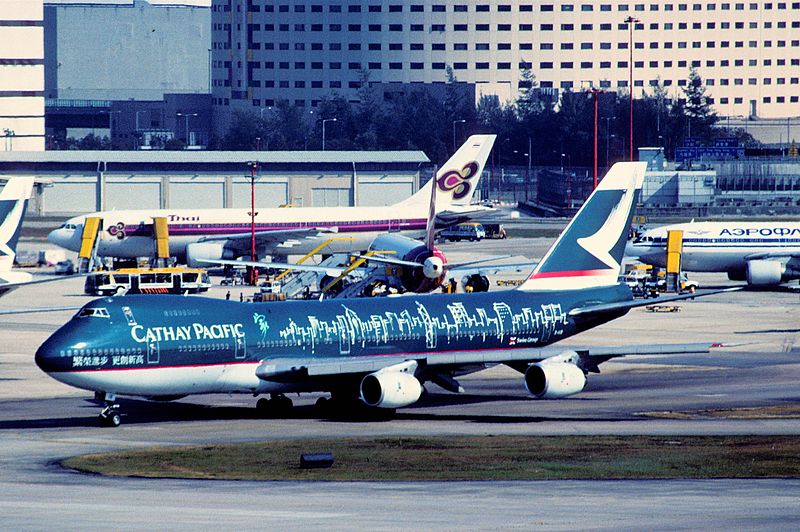
The second 747, VR-HIA, joined in July 1980 and opened up the new route to London Gatwick. By the end of 1981 Cathay had 5 747s in service and the type had allowed Cathay to grow its passengers by over 500,000 in two years.
Even so when Cathay entered the 1990s the fleet still only stood at 17 747s (8 series 200s, 1 200f, 6 300s and 2 400s) as well as the 20 or so Tristars. Of course, one event more than any other would define Cathay’s future in the 1990s and that was the upcoming transfer of sovereignty from Britain back to China of Hong Kong itself.
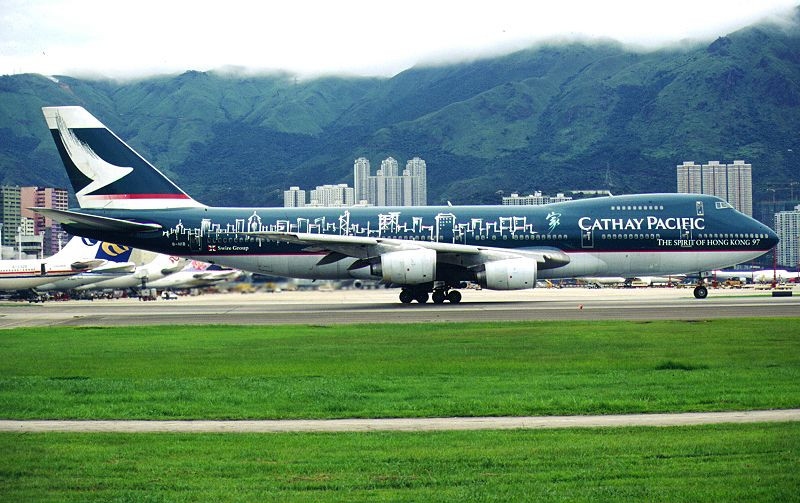
This event was scheduled to occur on July 1, 1997 and Cathay made changes to get onboard with the new reality. These included dropping the Union Jack from the tails of its fleet, which occurred several years prior to the handover, and the transfer of its fleet onto the Chinese register, dropping the VR prefix in favour of the B.
Cathay chose to celebrate the handover with a special livery for one of its 747-200s, B-HIB delivered new on July 16, 1980. By this time Cathay’s series 200s were nearing the end of their lives with Cathay and indeed B-HIB only wore the new colours for two years. In December 1999 she was leased to Air Atlanta Icelandic as TF-ATC and they subsequently purchased the aircraft. She was eventually broken up in July 2004 following a variety of leases.
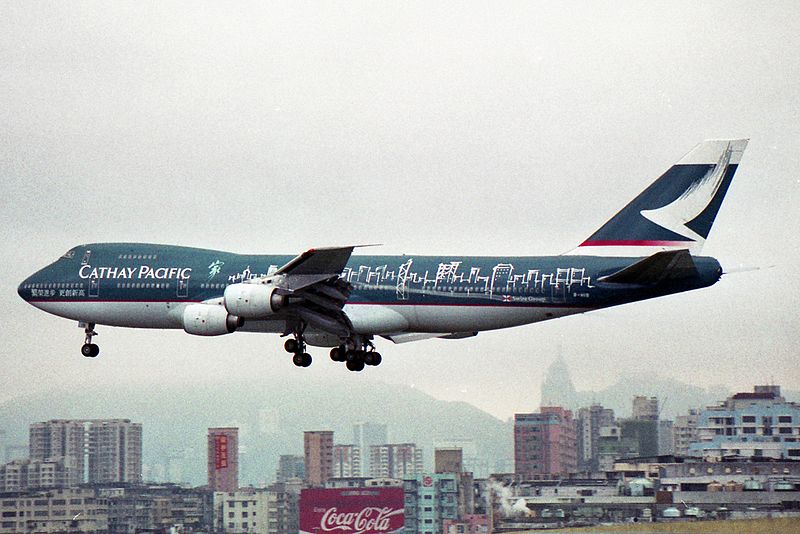
Cathay knew better than to not celebrate the ‘Spirit of Hong Kong’ and one of its newer 747-400s B-HOX tookover in a modified version of the special scheme. Following this aircraft’s retirement, a 777-300ER (B-KPB) continued the theme from July 2013.
THE MODEL
The format for my reviews is to split them into three key areas:
- The mould of the aircraft
- The paint and livery
- Printing and quality control
Each can get a maximum score of 10 for a section giving a maximum combined total score of 30.
THE MOULD
This mould dates all the way from 2003 when it was introduced by the original Big Bird and used for an impressive range of excellent 747 releases that unfortunately were made only in smallish numbers and now tend to change hands for exorbitant amounts of money. Around 2008 it came into the inventory of Witty and was used sporadically by the Apollo brand (about 10 times). Interestingly Witty Wings themselves always used their own 747 mould for their own branded models, which is like a seamless version of the Big Bird and so arguably superior. Both of these moulds came into JC Wings sphere when Witty went bankrupt in 2014, although this one appears to be actually owned by the new Big Bird Mk3 not JC Wings. I assume the seamless mould is in the JC inventory somewhere?
This Big Bird Mark 1 mould stands the test of time despite its age. It is a great mould. It has a great fuselage shape, plus comes with very finely done landing gear and long fine wingtip HF aerials. The engine pylon join is fine as is the vertical stabiliser fit so this mould is undoubtedly superior to the earlier Gemini and Dragon moulds. A particularly nice area is the APU exhaust in the tailcone.
Issues with the mould are hard to find although the tail is not correct – it is too thin. The only other compromise is that it is a cradle mould and so has a seam. At this point in time literally nobody was making seamless moulds, aside from Dragon, and the seam is tastefully done running around the natural fuselage/wing join bulge.
Big Bird have taken the opportunity to sensitively update the mould with aerials and a small dome – all on the fuselage roof. It is therefore missing the two smaller aerials on the underside, however adding aerials is a nice touch and they are well sized and shaped.
Pleasingly unlike the recent debacle JC Wings managed with the Witty Tristar mould Big Bird have not thought to muck about with the excellent original mould undercarriage even though it does not have rolling wheels. I am very grateful to that as the original landing gear is perfectly fine and unlikely to be bettered by annoying rolling tyres and the resulting mis-shaped gear legs.
One last point is that this 747 was equipped with Rolls-Royce engines and the model has very nicely moulded examples mounted on very good pylons.
SCORE – 9
PAINT & LIVERY
The initial ‘Spirit of Hong Kong’ livery was a very attractive reworking of the 1990s ‘Brushwing’ scheme keeping the standard scheme tail but adding a dark green top to the fuselage. Along this the Hong Kong skyline was represented as well as the calligraphy character “家” meaning family/home. On the port side of the aircraft Chinese characters display the following 繁榮進步 更創新高 which roughly means ‘Prosperous, progressive, more innovative’ in English. On the starboard side the aircraft says ‘Spirit of Hong Kong’.
The primary fuselage colour is a very dark green, which can look almost black in some photos, and matches the green used on the tailfin. BigBird has represented it very well so there are no issues with the colours. In fact, the whole scheme is beautifully applied, which is no mean feat for a livery with so much inter-connected detail.
The main titles and the lower front livery titling is well sized and uses the correct font. The “家” character forward of the skyline is a lighter shade of green as it ought to be and although I haven’t gone over every building in the skyline those that I have are spot on.
You would have to search very hard to find an imperfection here and the only thing I can come up with is that the red stripe on the tail ought to begin fading out sooner. It is not worth the loss of a point.
SCORE – 10
PRINTING & QUALITY CONTROL
The printing quality on this model is towards the apogee of what is achievable in 1:400. It is a class act down to the delicate nosecone printing to the Rolls-Royce logos on the engines. The model is also put together very nicely with a tight fit between the wing and fuselage. The nosegear does point very slightly to the left but once again it is barely noticeable.

What is noticeable is that the moulding of the nose isn’t quite as it ought to be. I could have included this remark in the mould section, however other examples of the mould I own do not show the same problem. It is minor but the underside angle of the nosecone appears a little too abruptly turned up. This gives the nose a bit of asymmetry. It is not especially obvious but comparing to my other Big Bird 747s it is different. Since the original mould was fine I am putting this down to some element of construction. Either way it isn’t a biggie.
SCORE – 9
CONCLUSION
The second Cathay Pacific model reviewed in a row, shares elements with the first i.e. it is a highly regarded mould that has recently come back into usage. Unlike the Tristar though the updates to the mould have improved upon it and not detracted from it. Alas both the Witty Tristar and the Big Bird 747s seem like relics, not because they are inferior to more modern moulds but because they are unlikely to ever see the level of production that they deserve. As such it is a little irrelevant despite how good the model is. At Big Bird’s current release rate in the next decade they will have made only 20-30 747s assuming they stay in existence until 2028. That is a crying shame as this model is excellent and there is plenty of scope and demand for more classic Jumbos.
FINAL SCORE – 28/30


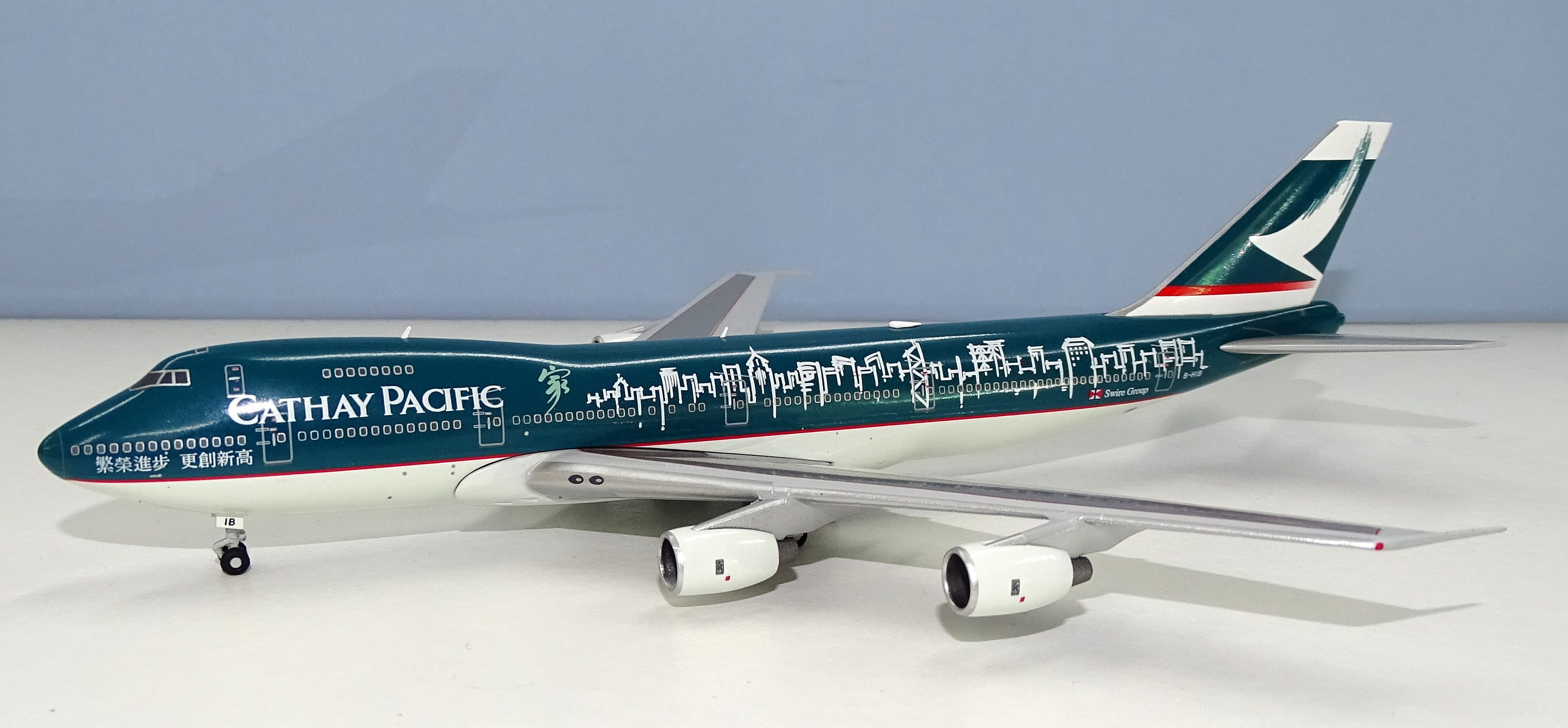
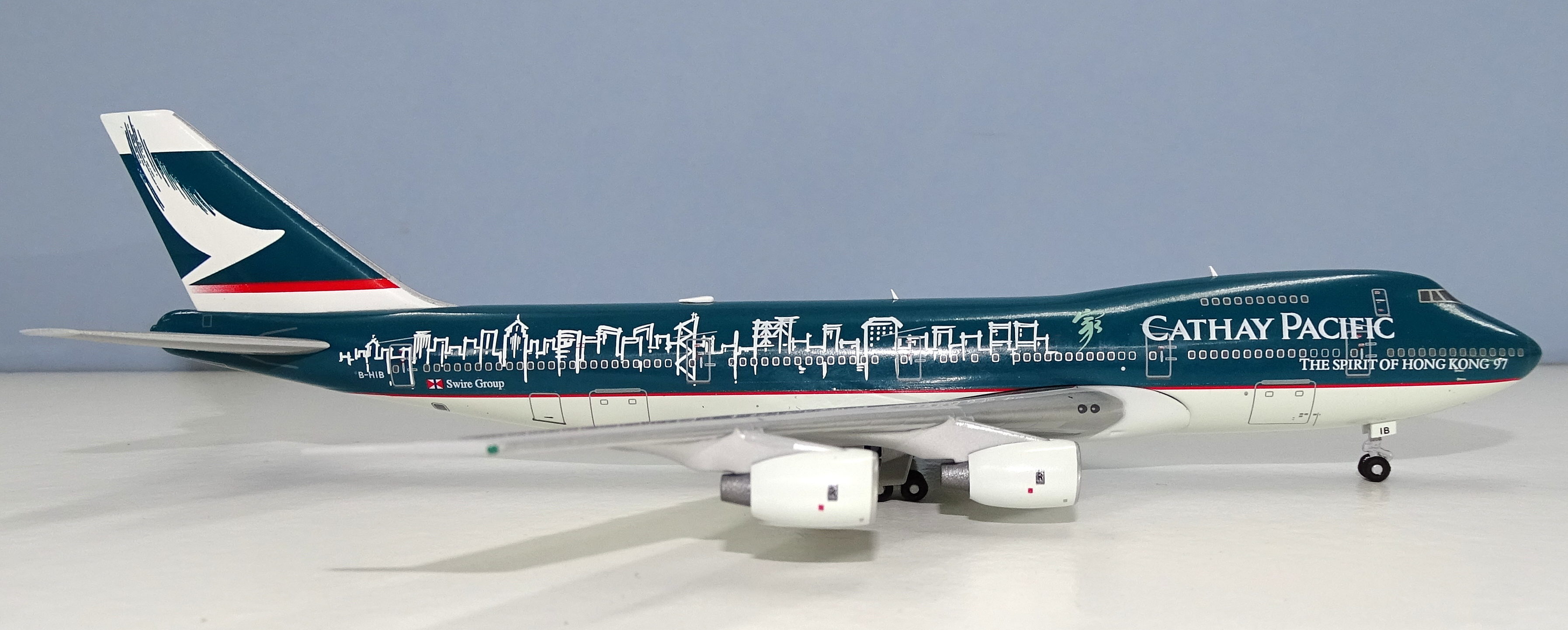
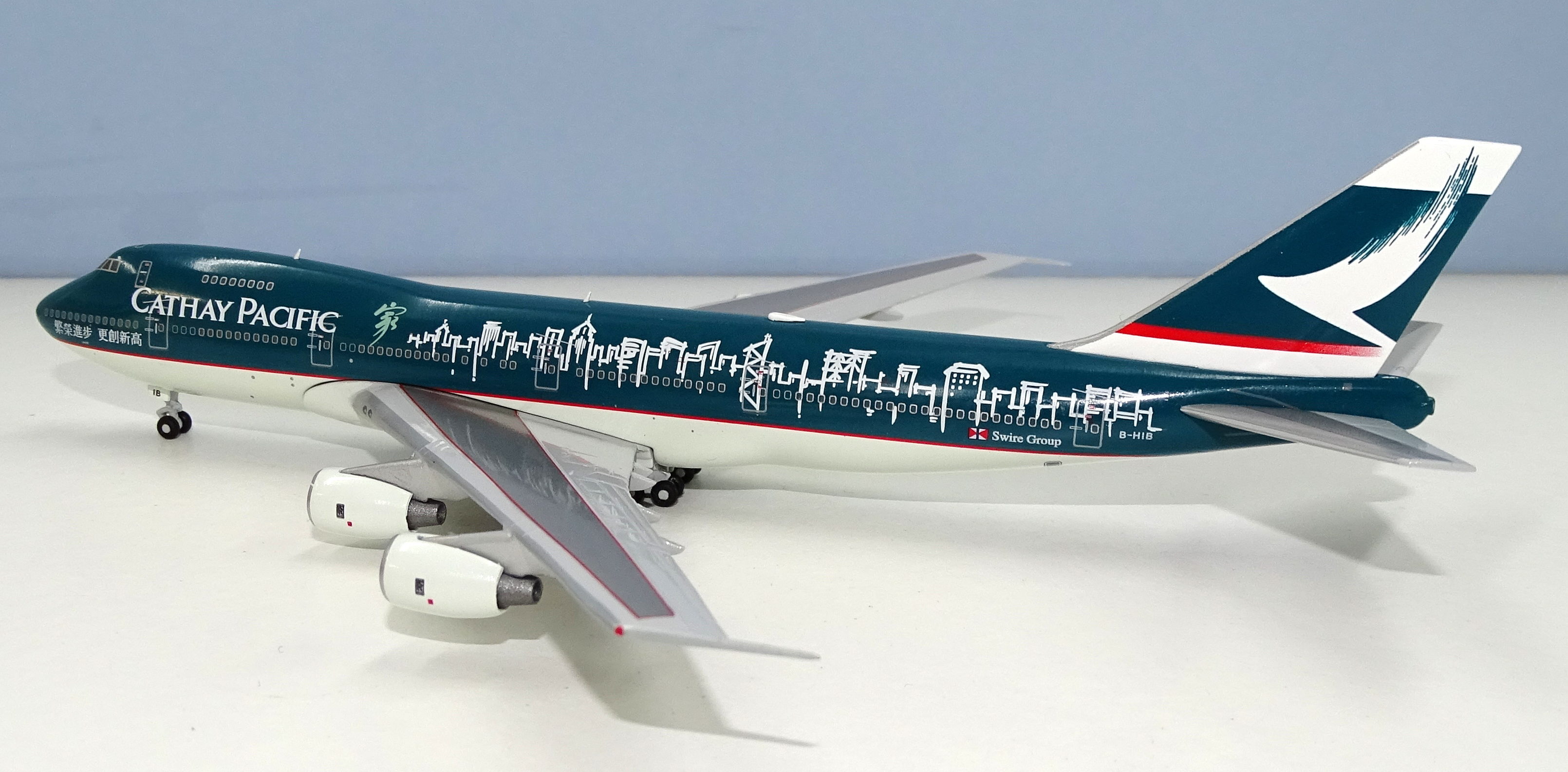
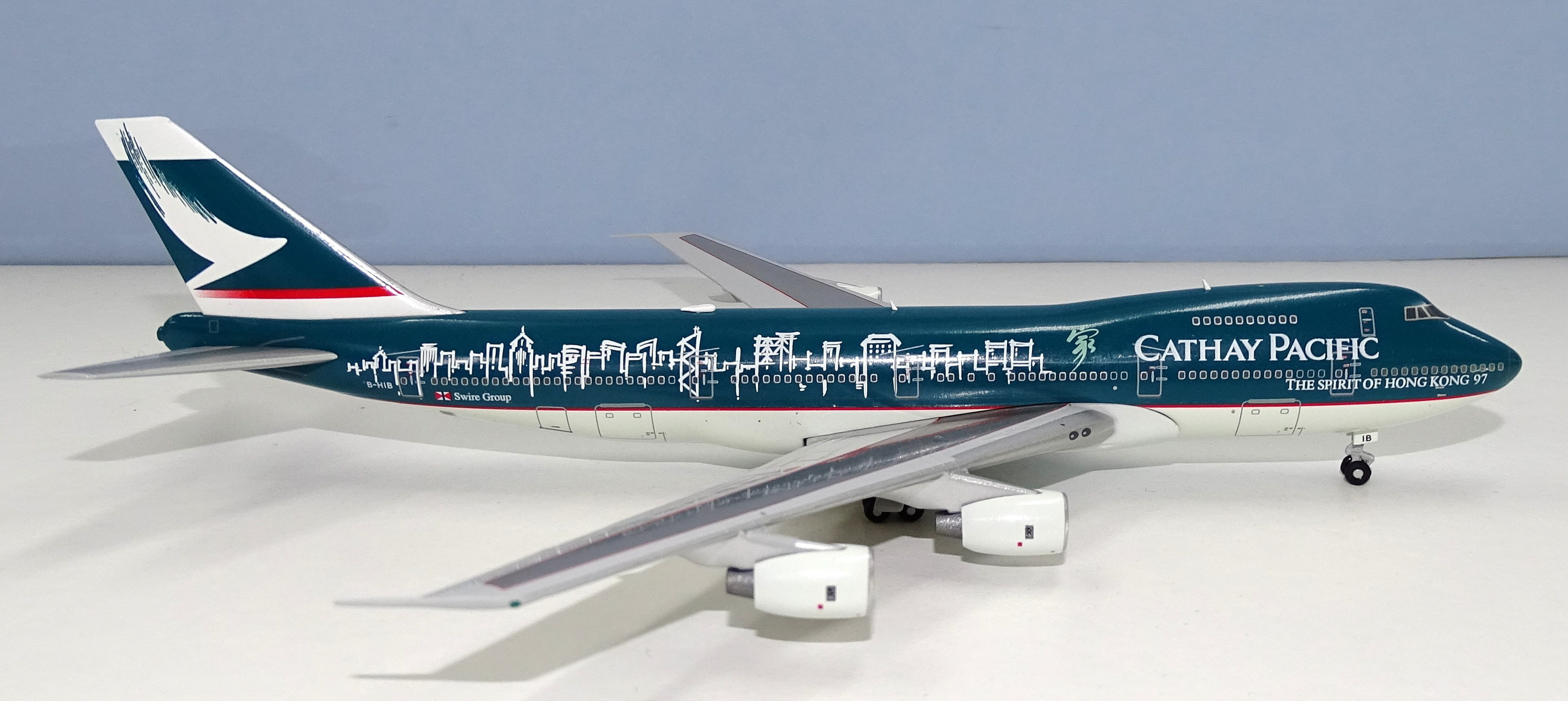
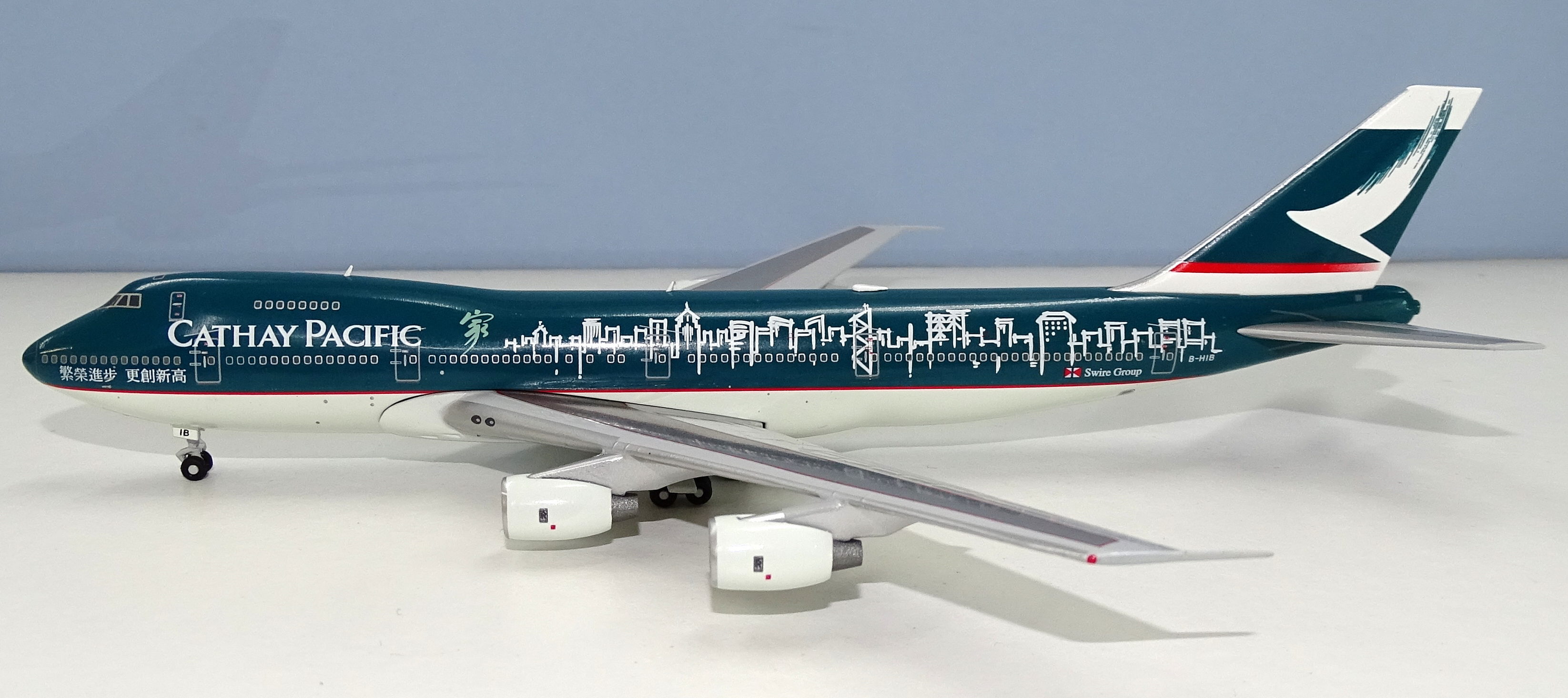
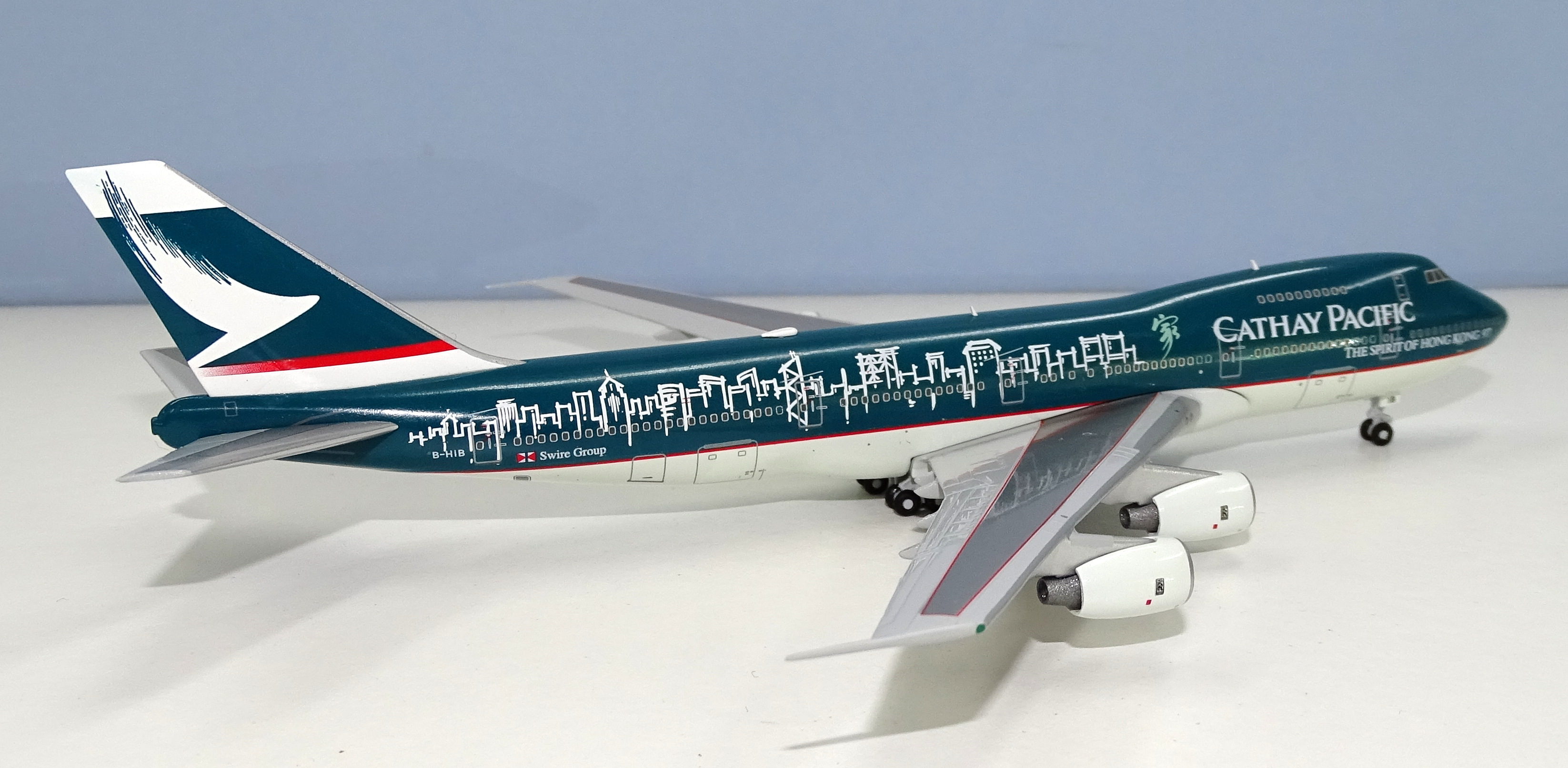
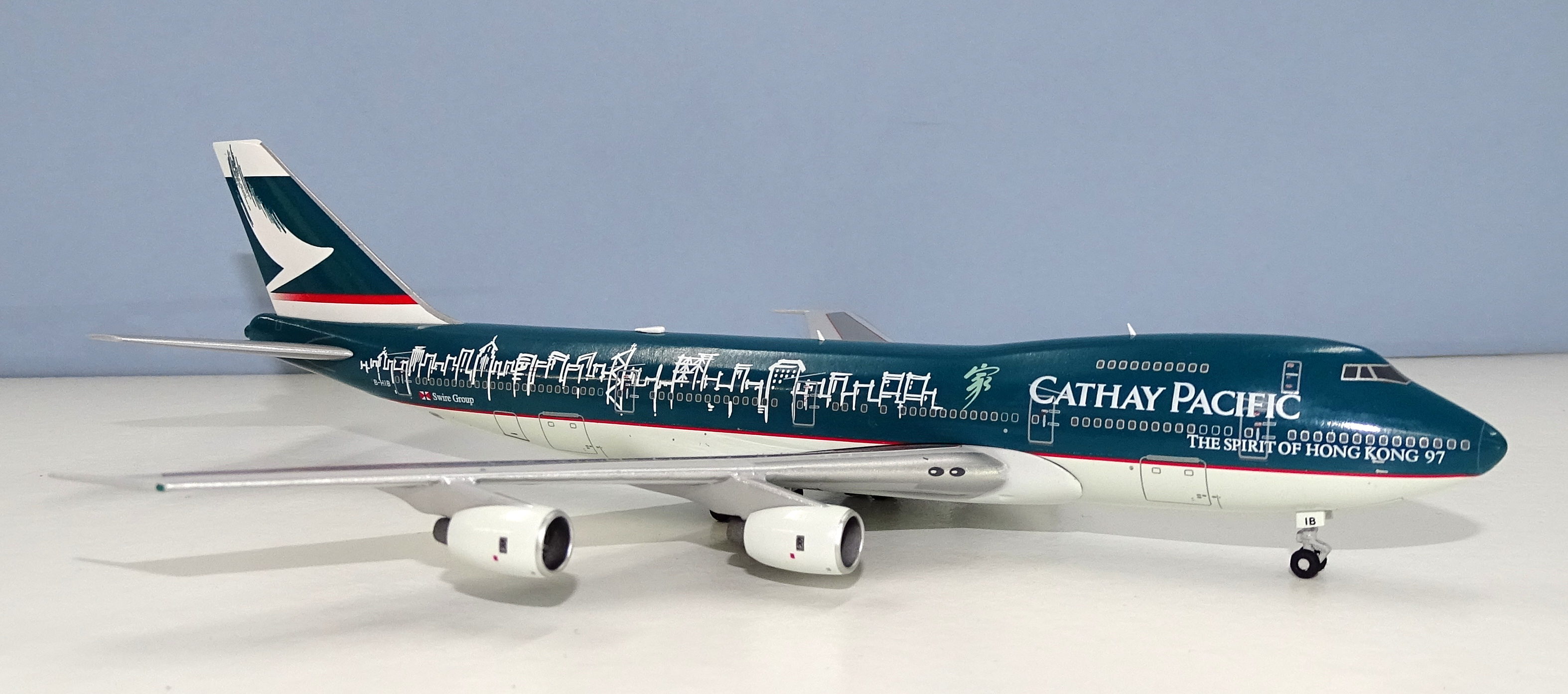

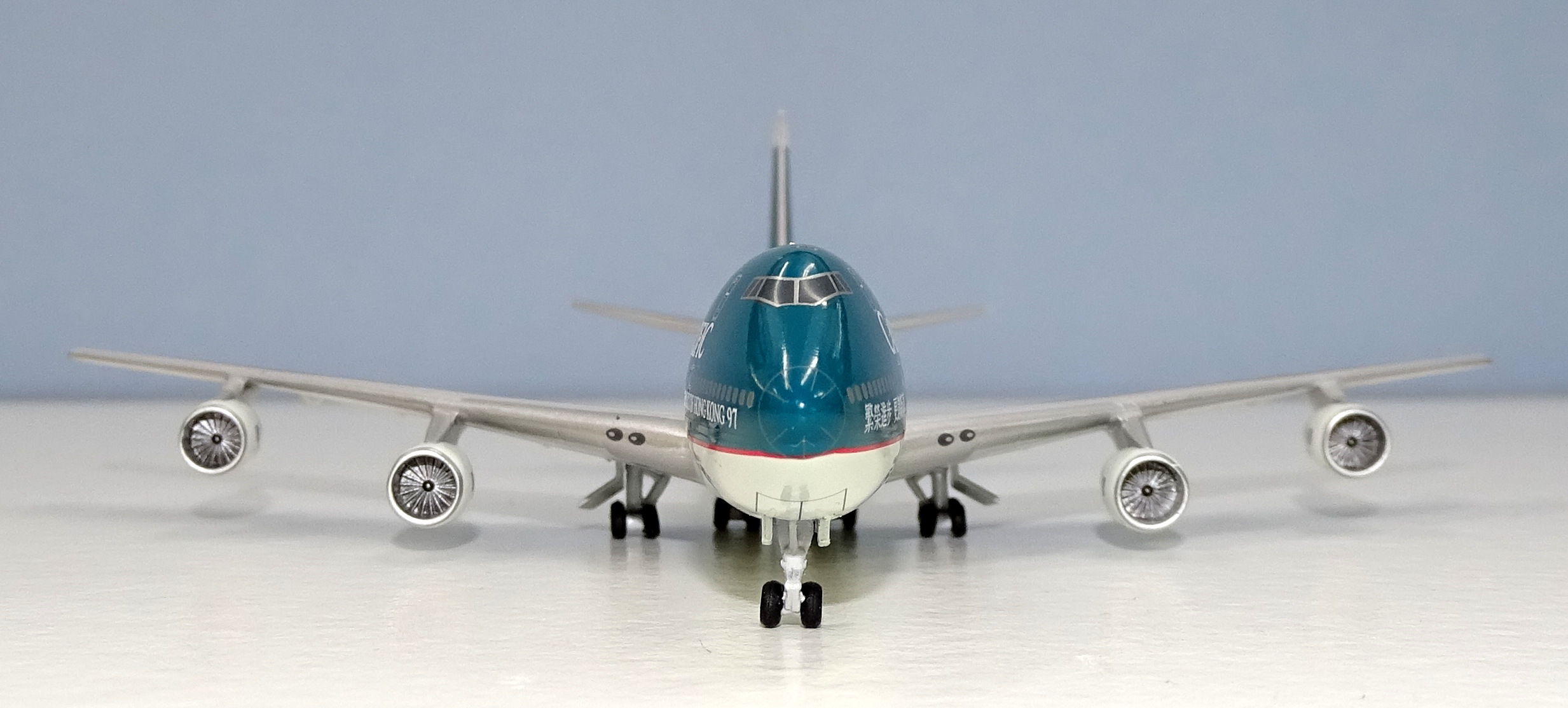
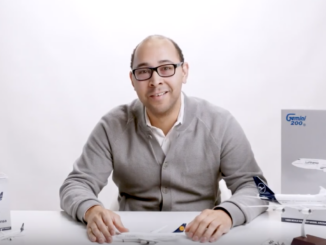
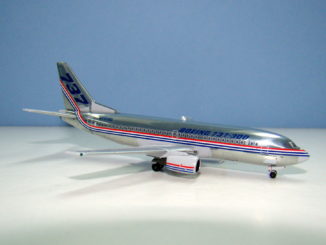
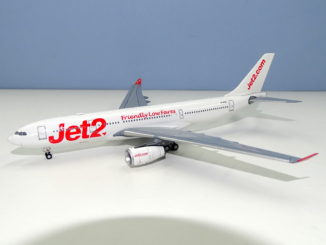
i am not sure about it but some say this b747 is special,it is the first aircraft to land in chak lap kok international airport. (as a trial)